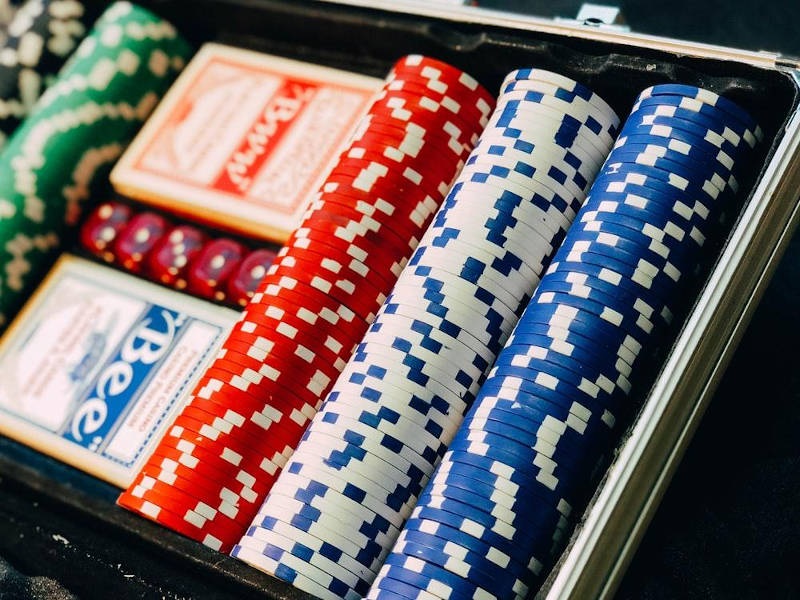When you think of roulette, the first thing that comes to mind is probably luck. After all, the game involves a spinning wheel and a ball that seems to bounce around randomly until it finally comes to rest on one of the numbered slots. But did you know that there is actually a lot of physics involved in the game of roulette? In this article, we will explore some of the science behind the game and how understanding it can give you an edge over other players.

The Basics of Roulette
Before we dive into the physics of roulette, let’s quickly review the basics of the game. Roulette is a casino game that involves a spinning wheel with numbered slots and a small ball. Players place bets on where they think the ball will land, and if they guess correctly, they win. There are two main types of roulette: American and European. The main difference between the two is that American roulette has an extra slot for a double zero, which increases the house edge.
The Physics of the Wheel
Now let’s get into the science behind the game. First and foremost, the physics of the roulette wheel plays a major role in where the ball lands. The wheel is carefully designed to be as smooth and level as possible, which helps to ensure that the ball spins evenly. Additionally, the pockets on the wheel are carefully spaced and sized to ensure that the ball bounces around unpredictably but ultimately comes to rest in a random slot.
But there are other factors at play as well. For example, the speed at which the wheel is spinning can affect where the ball ends up. If the wheel is spinning too quickly, the ball is more likely to bounce around and land in an unpredictable spot. If the wheel is spinning too slowly, on the other hand, the ball is more likely to fall into a slot that is close to where it was originally released.
The Physics of the Ball
The physics of the ball also plays a role in where it lands. The ball is made of a specific type of plastic that is designed to be as light as possible while still maintaining its shape. This helps to ensure that the ball bounces around the wheel in a random and unpredictable manner. Additionally, the ball is usually released from a specific point on the wheel, which can affect where it ultimately ends up.
Using Physics to Your Advantage
So how can you use this information to your advantage when playing roulette? One strategy is to observe the wheel and try to determine if it is spinning too quickly or too slowly. If you notice that the wheel is spinning too quickly, you may want to avoid betting on specific numbers and instead focus on bets that cover a larger portion of the wheel. If the wheel is spinning too slowly, on the other hand, you may want to focus on specific numbers or areas of the wheel that are more likely to be hit.
Another strategy is to observe the ball itself and try to determine its trajectory. If you can get a sense of how the ball is bouncing around the wheel, you may be able to predict where it will ultimately land. Of course, this is easier said than done, and there is always an element of luck involved. But by understanding the physics of the game, you may be able to give yourself a slight edge over other players.
Roulette may seem like a game of pure luck, but the truth is that there is a lot of science and physics involved in the game. By understanding how the wheel and ball work together, you can develop strategies that may give you an edge over other players. Of course, there is always an element of chance involved in the game, but by combining luck with a little bit of science, you may be able to increase your chances of winning big.

